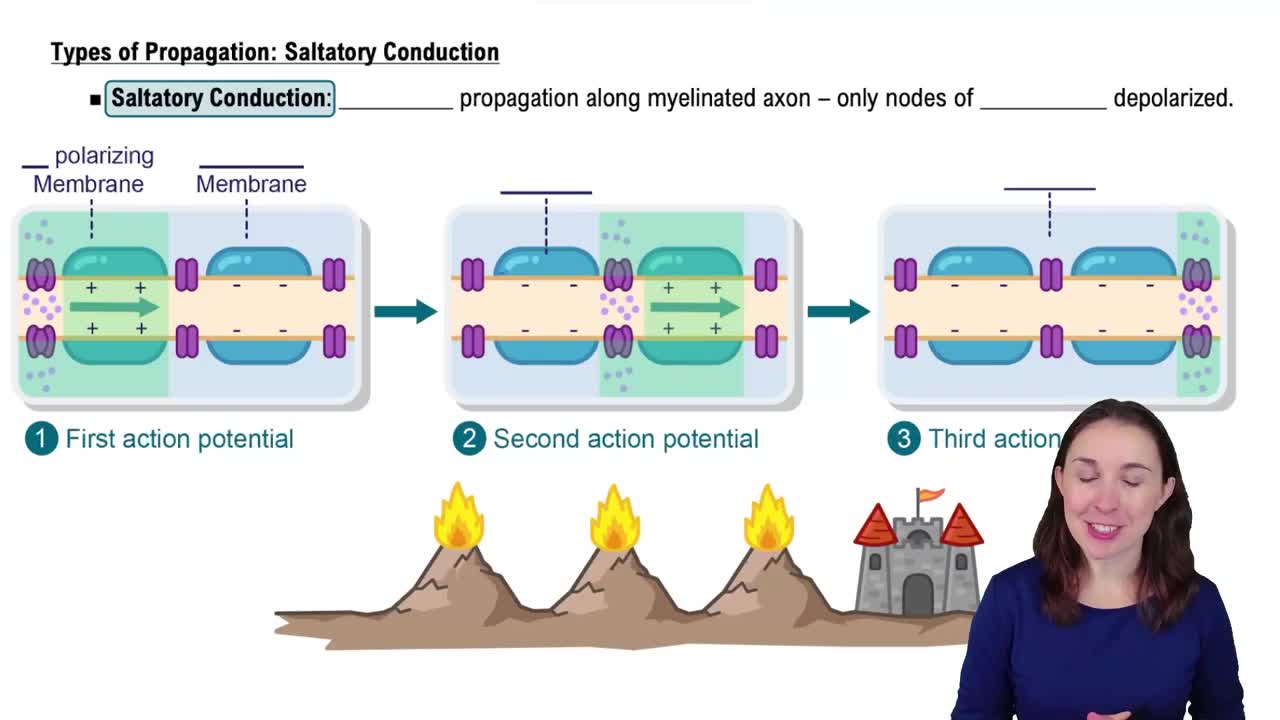Multiple Choice
Which of the following statements is true regarding the absolute refractory period?
164
views
 Verified step by step guidance
Verified step by step guidance Verified video answer for a similar problem:
Verified video answer for a similar problem:



 6:26m
6:26mMaster Refractory Period with a bite sized video explanation from Bruce Bryan
Start learning